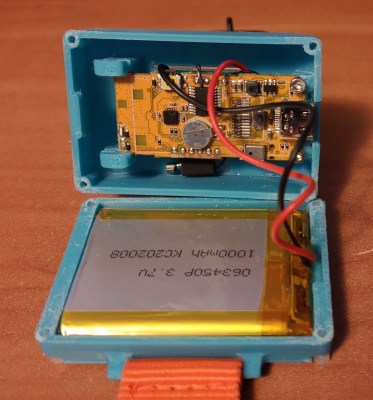The coolest part of this year’s Hackaday Prize is teaming up with four nonprofit groups that outlined real-world challenges to tackle as part of the prize. To go along with this, the Dream Team challenge set out a two-month design and build program with small teams whose members each received a $6,000 stipend to work full time on a specific build.
The work of the Dream Team project is in, and today we’re taking a look at United Cerebral Palsy of Los Angeles (UCPLA) project which not only designed and built a universal remote for those affected with this condition, but also went to great lengths to make sure that “universal” was built into the software and user experience just as much as it was built into the hardware itself. Join us after the break for a closer look a the project, and to see the team’s presentation video.
UCPLA Dream Team Challenge
First, some background. Cerebral palsy is a permanent movement disorder that is usually identified in young children. It can cause a wide range of symptoms including stiff or weak muscles, coordination issues, or tremors, and symptoms can change over time. For such a wide array of effects, it can be difficult to design and implement effective tools that can cast a wide net over this community, which is what makes this build an interesting challenge.
There were two prototyping designs that the UCPLA team worked to build. The first was a gesture-based remote and the second was an adaptive universal remote. Both had the intended purpose of interacting more easily with the digital world. Most remotes on the market that are intended to help those with cerebral palsy aren’t easily adaptable to people with different sets of needs, have limited options, or are too expensive. As a proof-of-concept, the UCPLA team wanted the remotes to be able to easily interface with a Roku device, while making sure that any builds would be scalable and easily adapted to other digital technology in the future. As a principle they would keep in mind future scalability to other platforms, but taking this first step with a Roku was a reachable goal for the short timeframe.
The gesture-based remote went through a number of design iterations in order to test its feasibility in real-world situations. It uses a microcontroller and accelerometer set to measure motion and then it reports that motion to a computer in the same way that a mouse would. Since it effectively emulates a mouse, the first prototype tests involved using it to draw a picture in Paint, and then to navigate some mazes. There were a lot of lessons learned from these tests, and the team was able to use the experience to build a second prototype. This one included a large pushbutton at the top for increased functionality and also sports a larger battery that allows it to last for 6-8 hours between charges.
Building a gesture remote is one …read more
Source:: Hackaday

